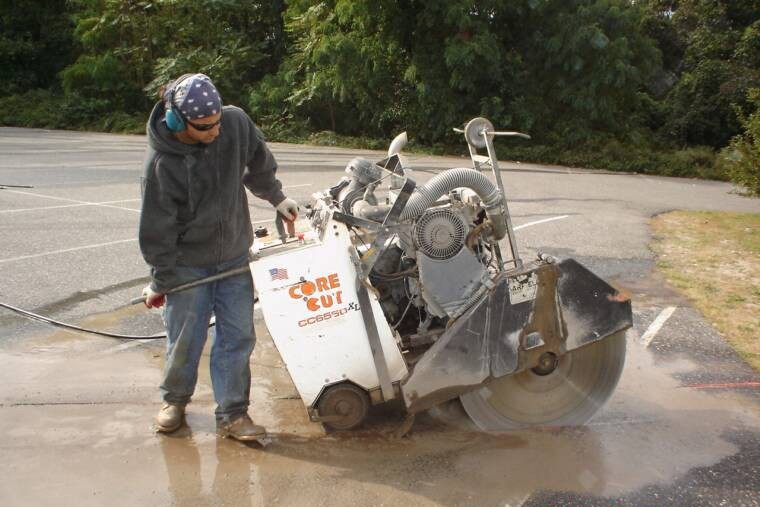Health Hazards
The construction industry presents a wide range of health hazards that can lead to both acute injuries and long-term illnesses.
The most common health hazard in construction is generally considered to be exposure to hazardous substances, particularly respirable crystalline silica. Below is a list of some common health hazards in construction, along with practical examples of each:
- Exposure to Hazardous Substances: Contact with or inhalation of chemicals, dusts, or vapors can cause respiratory problems, skin irritation, or long-term disease.
- Silica dust from cutting concrete or masonry
- Asbestos in old insulation or tile
- Solvent vapors from paints, adhesives, or sealants
- Respiratory Hazards: Breathing in contaminated air can result in serious lung conditions and chronic illnesses.
- Diesel exhaust fumes from machinery
- Welding fumes from metalwork
- Dust from drywall sanding or demolition
- Biological Hazards: Contact with organisms or biological agents that can cause infection or disease.
- Mold exposure during demolition of water-damaged structures
- Histoplasmosis from bird or bat droppings in attics
- Bloodborne pathogens during first aid or cleanup of bodily fluids
- Noise Hazards Prolonged exposure to loud equipment can lead to noise-induced hearing loss.
- Jackhammers, concrete saws, or pile drivers
- Lack of hearing protection in high-noise areas
- Heat and Cold Stress: Extreme temperatures can disrupt normal body function and cause severe illness or injury.
- Heat stroke during summer roof work
- Frostbite or hypothermia during winter outdoor construction
- Ergonomic Hazards: Repetitive motions, awkward postures, and heavy lifting can lead to chronic musculoskeletal injuries.
- Repeated kneeling while tiling floors
- Lifting heavy drywall sheets without proper equipment
- Using vibrating tools like jackhammers
Knowledge Check Choose the best answer for the question.
9-1. What is the most common health hazard in the construction industry?
You forgot to answer the question!

